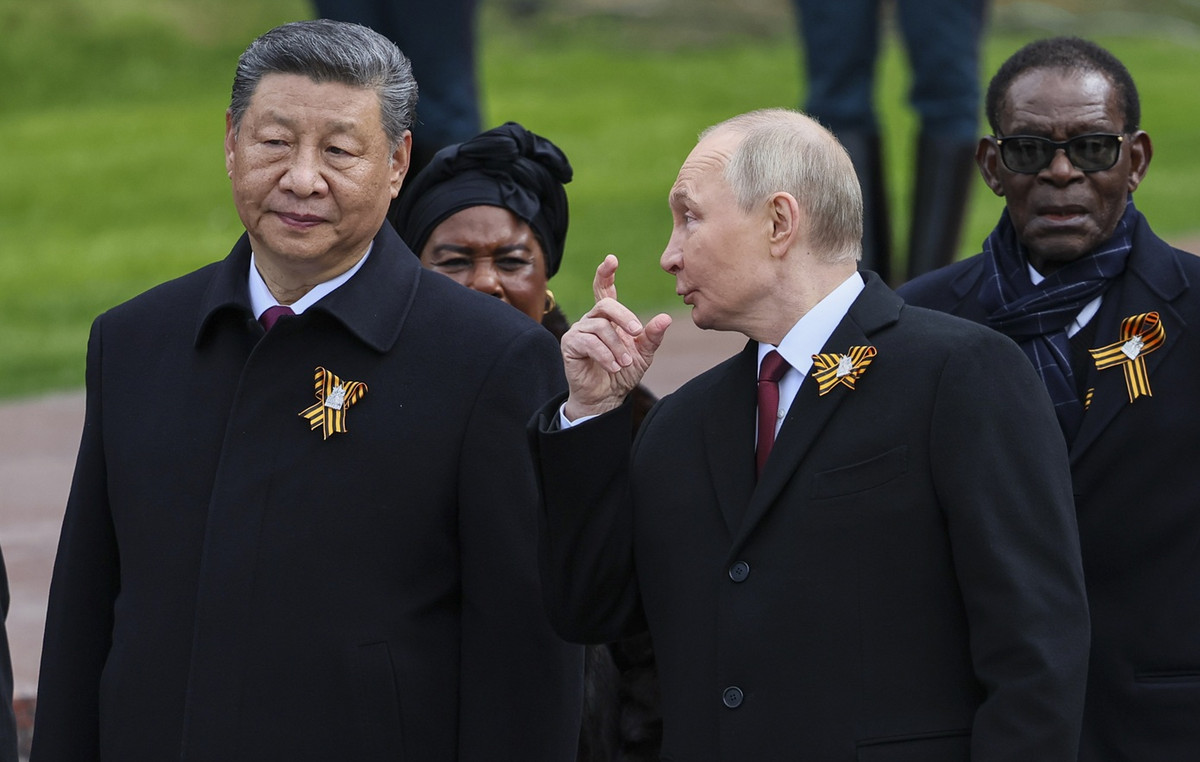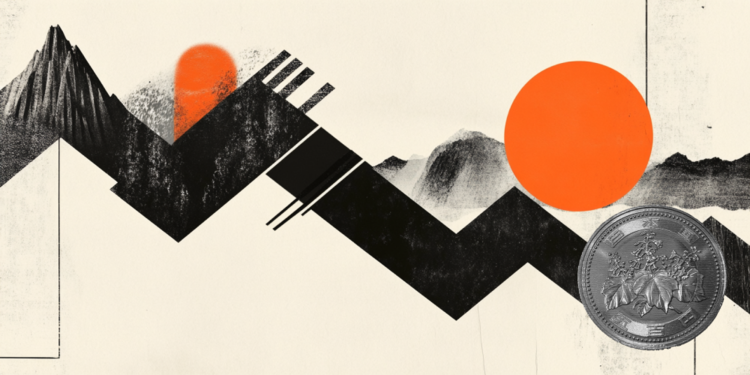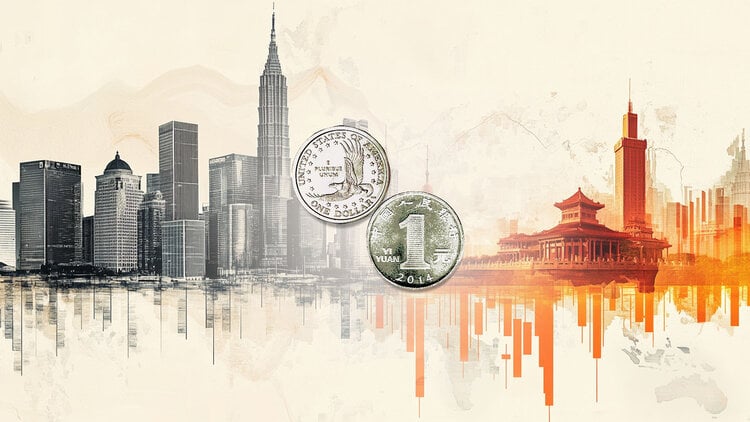Pasta and chickpeasin Italy, translates into many different dialects and into as many typical recipes ranging from tagliatelle to lasagna, including or not including extra ingredients such as bacon. Widespread especially in Basilicata, Calabria, Campania, Lazio, Puglia, Sicily and Umbria, it is everywhere one of the main courses of November 2nd, when the most ancient tradition dictates consuming legumes (and not meat) for the day of commemoration of the dead.
Already at the time of the Roman Empire, in fact, throughout the Mediterranean it was believed that i legumes they were linked to the world of the afterlife, even symbolizing the souls of the deceased.
In Rome pasta and chickpeas are prepared simply, preferably with mixed pasta or “cannolicchi” formatstrictly starting from dry legume – possibly from Viterbo – and this is exactly how it is prepared at the historic restaurant Armando at the Pantheon, uphill from Crescenzi 31. Where the true local cuisine has even captured the chef Massimo Bottura and the three-starred Heinz Beck. And gradually welcomed a heterogeneous clientele that includes Renzo Piano and Alessandro Cattelan, Pif and Matt Dillon, Emilia Clark and Gianni Morandi.
Keepers of taste
The sense of family and respect for tradition are the two cornerstones of this small restaurant (about 40 seats) in the heart of Rome. Founded in 1961 by Armando Gargioli, it is now in its third generation, after being renovated between the late 90s and early 2000s by his sons: Claudio, chef; and Fabrizio, first room manager and chef in the last years of activity. Today in the kitchen there are Graziano Roscioli, Mario Rinaldi and Claudia Gargioli. Armando’s menu at the Pantheon includes all the great Lazio classics, among which amatriciana stands out bacon and egg , gricia, cacio e pepe, lamb with grilled lamb, tripe, Roman saltimbocca. And which are accompanied by perhaps less obvious recipes such as the coratella sandwich, rigatoni with pajata or chicken rigaje, guinea fowl with porcini mushrooms and black beer, duck with plums. As for the cellar: it counts approx 300 labels and is entrusted to the sommelier Fabiana Gargioli while the room is managed by Flavio Gargioli.
Pasta and chickpeas: Armando’s recipe at the Pantheon
Pasta and chickpeas Roman style, by Claudio and Fabrizio Gargioli
Courtesy Armando al PantheonIngredients for 6 people: 1 kg of good quality dried chickpeas, for example from Viterbo; 500 g of pasta (mixed, or “heavy razor clams”); 200 g of peeled tomato sauce; 1 clove of garlic; to taste extra virgin olive oil, rosemary, chilli pepper.
Method: the night before, place the chickpeas in a bowl and cover abundantly with water. Then drain them, rinse them, put them in a pan, cover with water, add a sprig of rosemary, a chilli pepper and a clove of garlic. Cover and cook over a moderate heat until the legumes begin to fall apart. They must be soft and appetizing on the palate. Add two soup ladles of tomato sauce and the pasta, then cook (al dente). Season with salt and pepper and finish with a drizzle of raw oil.
How to eat in Rome: in the capital, pasta and chickpeas are served in deep dishes called bowls, and the deeper they are, the greater the enjoyment. Good hot, excellent warm, it is traditionally prepared on Fridays accompanied by another cod-based course.
Which wine to pair: Armando al Pantheon’s sommelier Fabiana Gargioli recommends a white wine or a sparkling wine. Respectively: a grechetto or a biancolella from the island of Ponza; a champagne of Pinot Meunier and Chardonnay.
Other traditional Italian recipes:
Traditional Italian recipes: Ligurian-style stuffed anchovies
Traditional Italian recipes: Sicilian Macco di fave
Traditional Italian recipes: Venetian sardines in saor
Traditional Italian recipes: Valtellina sciatt
Source: Vanity Fair
I’m Susan Karen, a professional writer and editor at World Stock Market. I specialize in Entertainment news, writing stories that keep readers informed on all the latest developments in the industry. With over five years of experience in creating engaging content and copywriting for various media outlets, I have grown to become an invaluable asset to any team.







